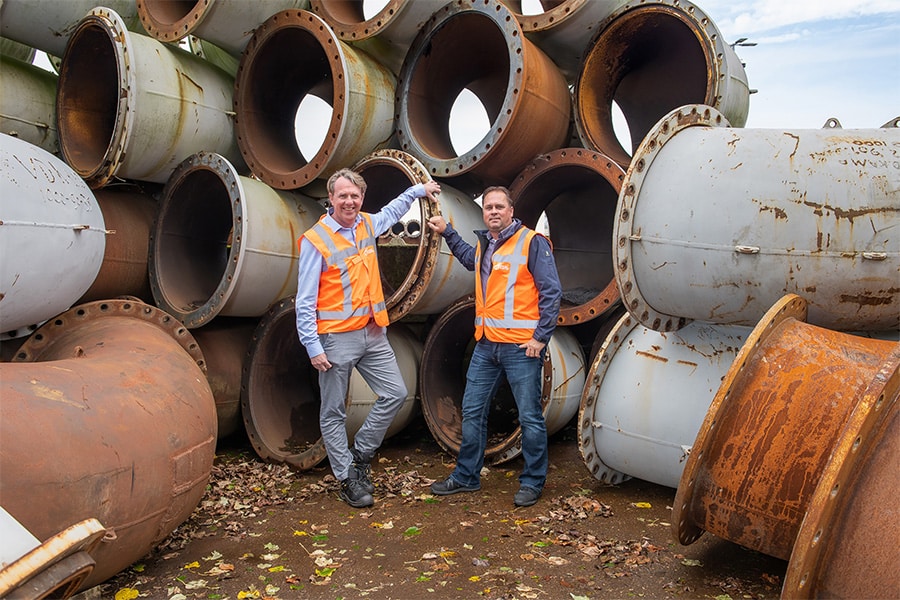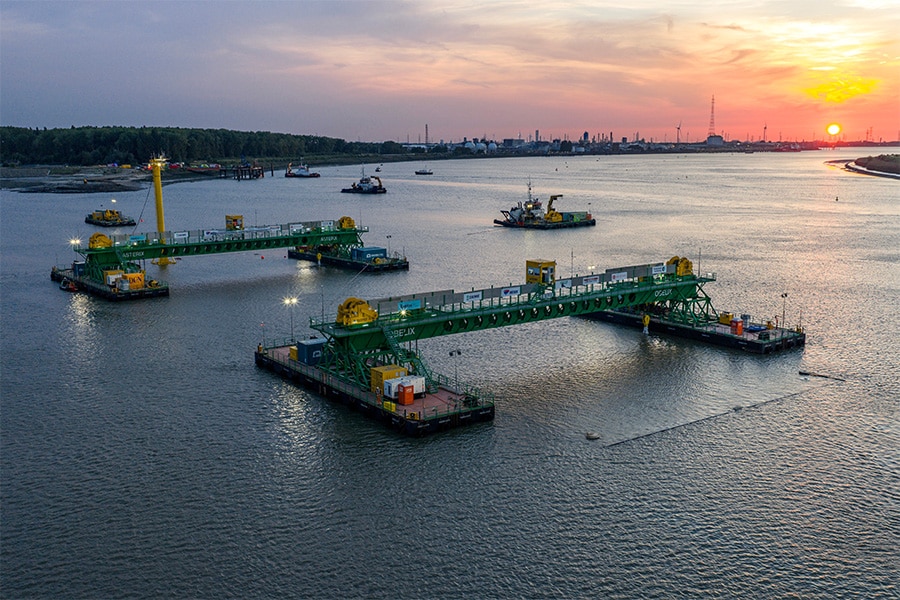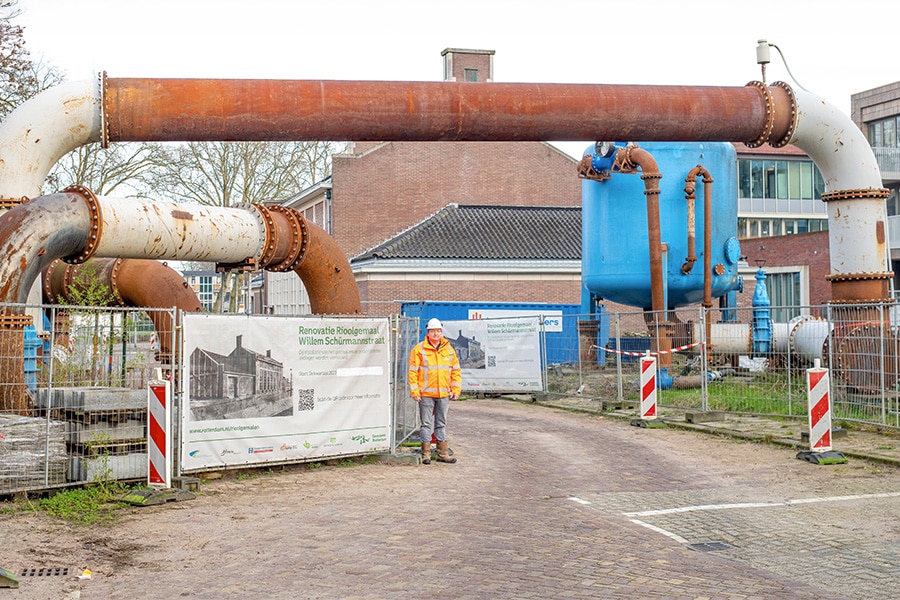
Special bypass pump installation for renovation of Rotterdam sewage pumping station
The Willem Schürmannstraat in Rotterdam's Crooswijk neighborhood has housed a characteristic sewage pumping station since 1954. The monumental building, situated between blocks of houses and tall buildings, has been the scene of a large-scale renovation over the past year and a half. Among other things, the pumps installed in 1985 were replaced by new ones. Vanderkamp - The Dutch Water Engineers from Zwolle supplied a temporary pump installation (TPI) within this framework. This unit, consisting of five pumps, ensured that the supply and discharge of sewage and rainwater ran smoothly during the work.
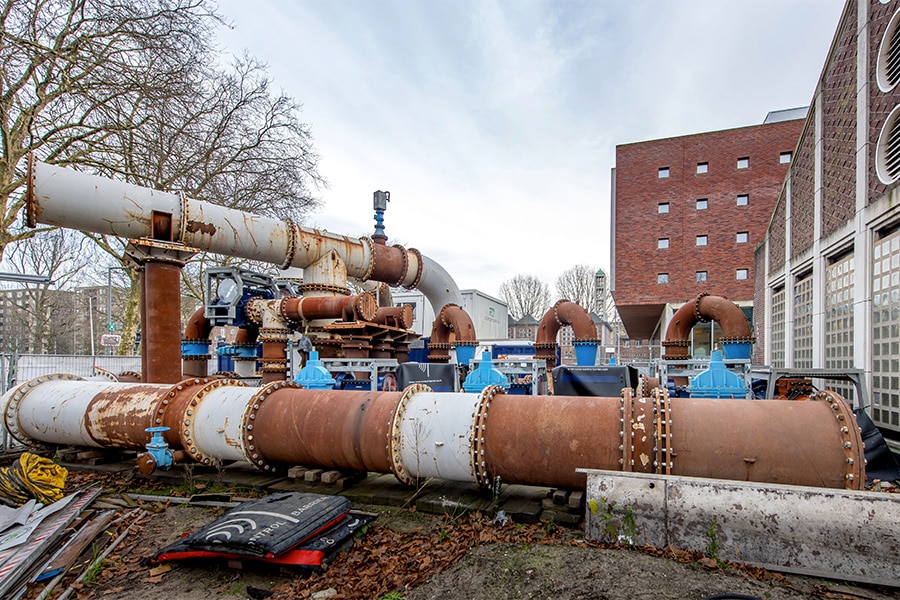
The renovation of the sewage pumping station in the heart of the city of Rotterdam, commissioned by the Municipality of Rotterdam and carried out by the consortium Van Boekel Bouw & Infra and GW Leidingtechniek, goes beyond merely installing new pumps. During the recently completed project, the entire underground piping was replaced on the outside of the building and various wall ducts were installed. Inside, in addition to the new pumps, new floors, walls, stairs and platforms were installed. The electrical installation was also completely renewed. Thanks to the upgrade Rotterdam will again have a perfectly functioning sewage pumping station for the next 30 years.
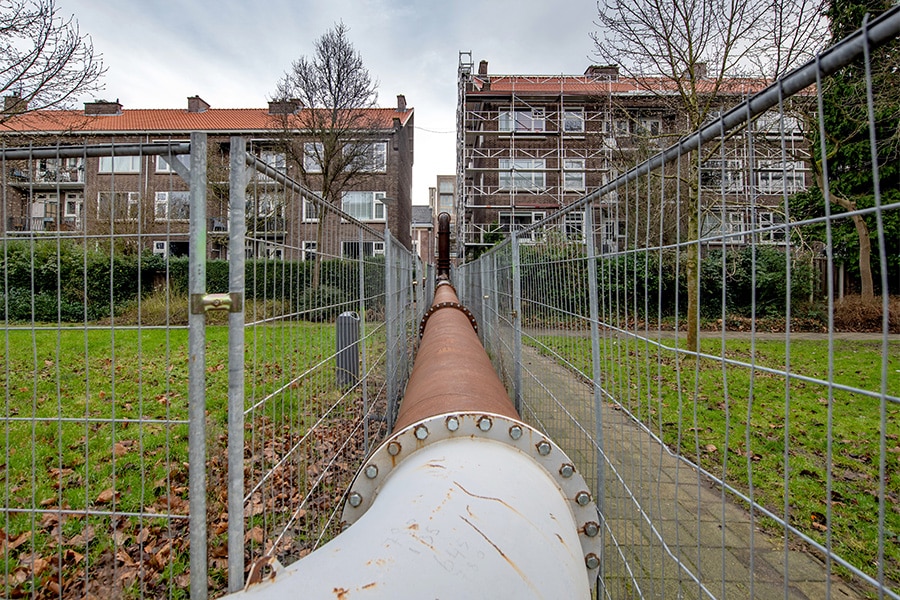
Leading in detour
In parallel with the replacement of the underground piping, Vanderkamp began building the necessary temporary pumping plant in mid-2023. After the aging pumping stations were decommissioned early last year, the TPI consisting of three dry-mounted pumps and two submerged ones was connected to the existing sewer system. After this, the entire system went into operation. "With the help of the installation, a kind of temporary bypass, the sewage water was pumped around the building, so to speak, during the project and discharged via the sewage pipes located further away," project manager Michiel Sieders looks back on behalf of Vanderkamp. "The pumping capacity of this particular installation was about 2,400 m3 per hour in dry weather. When rainwater was also added in wet weather, the TPI could switch up to a maximum of 6,800 m3 per hour. A capacity that was also guaranteed, should one of the pumps fail unexpectedly during the job."
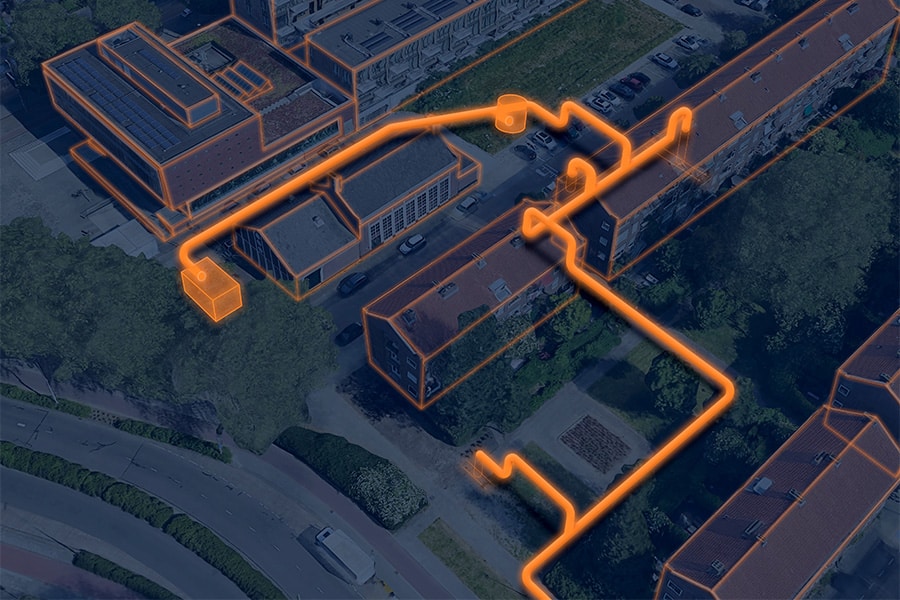
More than exceptional project
After going through a site acceptance test, demolition of the TPI will begin in mid-March. This brings the project in Rotterdam to an end for Vanderkamp. An assignment that Michiel says can be called special for several reasons. "First of all, within such an urban area, the playing and working space is limited. Especially when you talk about the supply and removal of equipment and installation components. In addition, we had to pay even more attention than usual to the surroundings. After all, the building right next to the sewage pumping station houses the Audiological Center Rotterdam, a place where audiometric testing, among other things, takes place. It was therefore important to keep any noise pollution to an absolute minimum during our work. Thanks in part to the perfect communication with the responsible environmental manager on behalf of the municipality, we succeeded in this perfectly. The most telling initiative in this context is the supply of a wind boiler required for our TPI, a kind of expansion vessel 6 meters high and 5 meters in diameter. We delivered this colossus to the project site by special transport during the night. Without causing any significant disruption."
Heeft u vragen over dit artikel, project of product?
Neem dan rechtstreeks contact op met Vanderkamp - The Dutch Water Engineers.
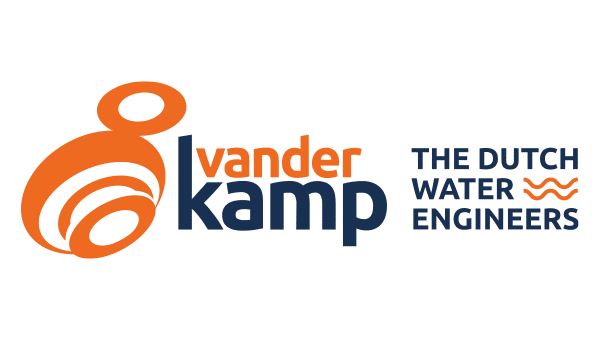 Contact opnemen
Contact opnemen
